Equipment
The Wedge Guy: Some putting research I’ve been doing

As many of you might know, I started my golf industry career in the advertising and marketing world, and my first golf client was the Ray Cook putter company, which in the 1980s was still a very relevant brand, with a long history of PGA Tour use and over 150 wins, including all the majors. But it didn’t take me long to be drawn to the back end of the business, where putters were created and crafted.
Being the kid that was loaded with curiosity, I began to dive into the “whys and wherefores” of putter function. I read nearly every book I could find on putting and was blessed to be able to spend time with many teaching pros, PGA Tour pros, and mental coaches.
In the decade before I became focused on wedges, I became somewhat of a “junkie” into the cause-and-effect of the trilogy of putter design, agronomy practices, and technique evolution. And I created over 100 different putter designs for several companies during that decade.
To me, the modern history of putter design is kind of a chicken-and-egg thing. It’s apparent to me that the design of putters and changes in putting technique have evolved together. And that this “dance” has been driven by advancements in agronomy practices that have made greens ever faster and smoother.
A hundred years ago, when greens were probably not any better than the typical tee box today, putting was done with a lightweight club with considerable loft and a very wristy “pop” or “hit” of the ball. Bobby Jones and his peers were masters.
As greens got quicker into the 1960s and 70s, a more arms-and-shoulders stroke began to replace the “pop”, and putters like the Ping Anser, Zebra, and Ray Cook mallets began to replace the staid old blades like the Bullseye and 8802. Putters also began to get much heavier. This continued evolution of agronomy has pushed even typical green speeds into the 10+ range on the Stimpmeter, and the intertwined dance of putter design and putting technique has continued to evolve. The modern oversized mallet putters are many ounces heavier than their forerunners, and grips have gotten larger to take the small muscles out of the stroke action.
And whereas unconventional methods were rare 20 years ago, the “claw,” “armlock,” and “left-hand-low” are now seemingly the norm on the PGA and LPGA Tours. It is all driven by faster and faster green speeds. With that bit of my own historical perspective, let’s go to that research I’ve been conducting on my own the past few months.
One of my goals for 2021-22 is to shoot my age, which means I need that magical day of 2-3 under par to pull that off. To give that a chance to happen, I realized have to get more consistent on the greens – good shotmaking alone doesn’t put those scores on the card. So, I purchased a practice putting mat for the living room and made a commitment to not just practice my putting, but to return to my penchant for learning.
I’ve been studying what I have been learning along the way.
My personal favorite putter is a “modernized” take on the Bullseye that I designed for the Ben Hogan Company in the early 1990s. It has a then-patented approach to weighting that makes it face-balanced and pretty darn forgiving for the type of putter it is. And it is that forgiving thing that is the subject of what I want to share with you today.
As I hit dozens of putts several times every day, I have been exploring the effect of off-center impacts and different stroke paths. I’ll offer this disclaimer and tell you that this is pure visual observation, as I am not recording any of these putts with high-speed cameras or radar. And that I am watching putts of 5-10 feet on an indoor mat that probably runs about 9 on the Stimpmeter.
But what I’m observing goes against almost all of what we are told about putter “forgiveness.”
First, realize that the ball is in contact with the putter face for mere milliseconds on almost all but the longest putts. On a deliberate off-center hit – even ½ to ¾ of an inch toward the toe or heel – I am consistently seeing the ball leave the face on an exact right angle to the clubface angle at impact. And yes, while the face does recoil a bit from an off-center impact, the ball is obviously already gone so it is not affected measurably by that recoil. In other words, I’m seeing putts intentionally hit on the toe go straight at the hole, as do putts hit intentionally the same measure toward the heel. I have hit hundreds of putts with these kinds of misses and see the same result every time.
My toe hits go straight, and my heel hits go straight.
I then began to watch the ball’s path when I altered the stroke path from extreme inside-out to extreme outside-in. I have been making a deliberate effort to keep the face square to the intended line, though the stroke is crossing that line from inside-to-out or outside-to-in. Again I am observing how the ball leaves the face of the putter, regardless of whether the putter is coming across the line from the outside or inside. And every single time, I see the ball leave at right angles to the face, rather than reacting at all to the direction of the putter head path.
My point of sharing all this is to encourage you to relax your focus on hitting putts perfect and get more focused on the hole . . . or rather your intended starting line. As long as the putter face is square to that line at impact, the ball will go pretty much where you are looking, regardless of whether your impact is perfect or your stroke flawless.
I expect this to generate interesting responses, and I look forward to seeing all of you chime in.
Equipment
BK’s Breakdowns: Cameron Young’s winning WITB, 2025 Wyndham Championship

Cameron Young’s WITB from his win at the 2025 Wyndham Championship. Cameron is a Titleist staff player but his bag is definitely filled with some unique clubs. Here are the clubs he used to secure his first PGA Tour win!
Driver: Titleist GT2 (9 degrees, A1 SureFit setting)
Shaft: Mitsubishi Tensei 1K Pro Orange 70 TX
3-wood: Titleist GT3 (15 degrees)
Shaft: Mitsubishi Tensei 1K White 80 TX
Hybrid: Titleist GT2 (21 degrees)
Shaft: Fujikura Ventus HB Black VeloCore+ 10 X
Irons: Titleist T200 (4), Titleist T100 (5), Titleist 631.CY Prototype (6-9)
Shafts: True Temper Dynamic Gold X7 (4-9)
Wedges: Titleist Vokey Design SM10 (48-10F, 52-12F, 56-14F @57), WedgeWorks (60-K* @62)
Shafts: True Temper Dynamic Gold X7
Putter: Scotty Cameron Phantom 9.5 Tour Prototype
Grips: Golf Pride Tour Velvet Cord
Ball: Titleist Pro V1x Prototype
Whats in the Bag
Peter Malnati WITB 2025 (August)
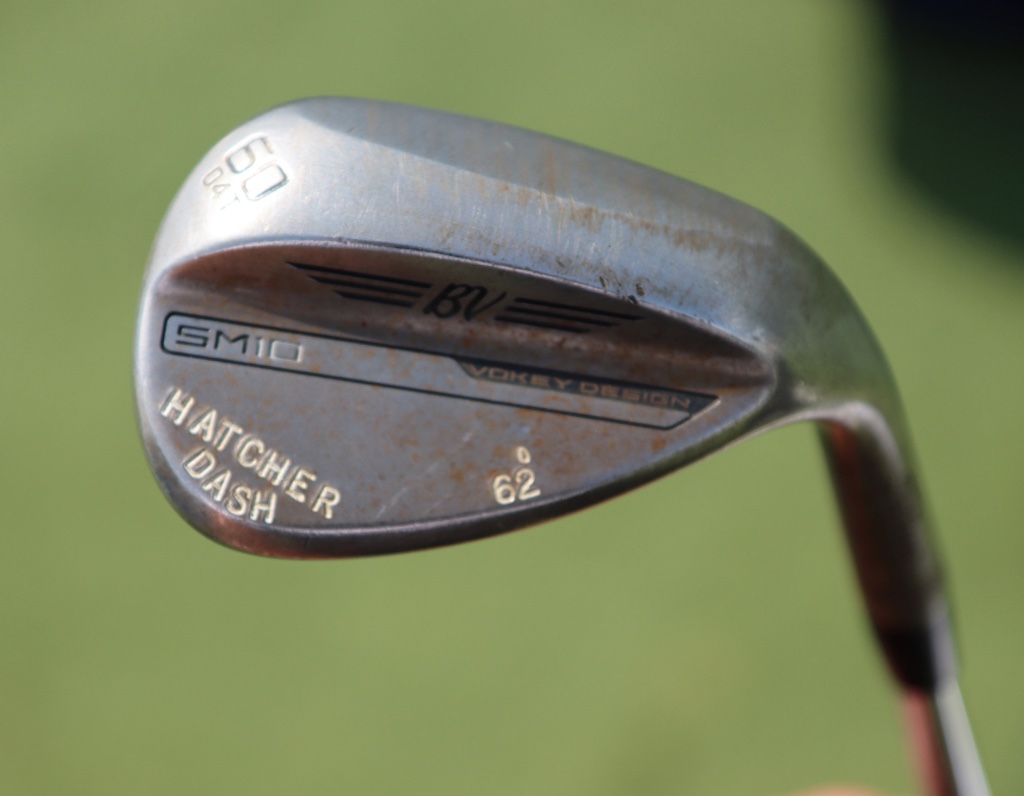
- Peter Malnati what’s in the bag accurate as of the Wyndham Championship. More photos from the event here.
Driver: Titleist GT3 (10 degrees, C2 SureFit setting)
Shaft: Project X Denali Blue 60 TX
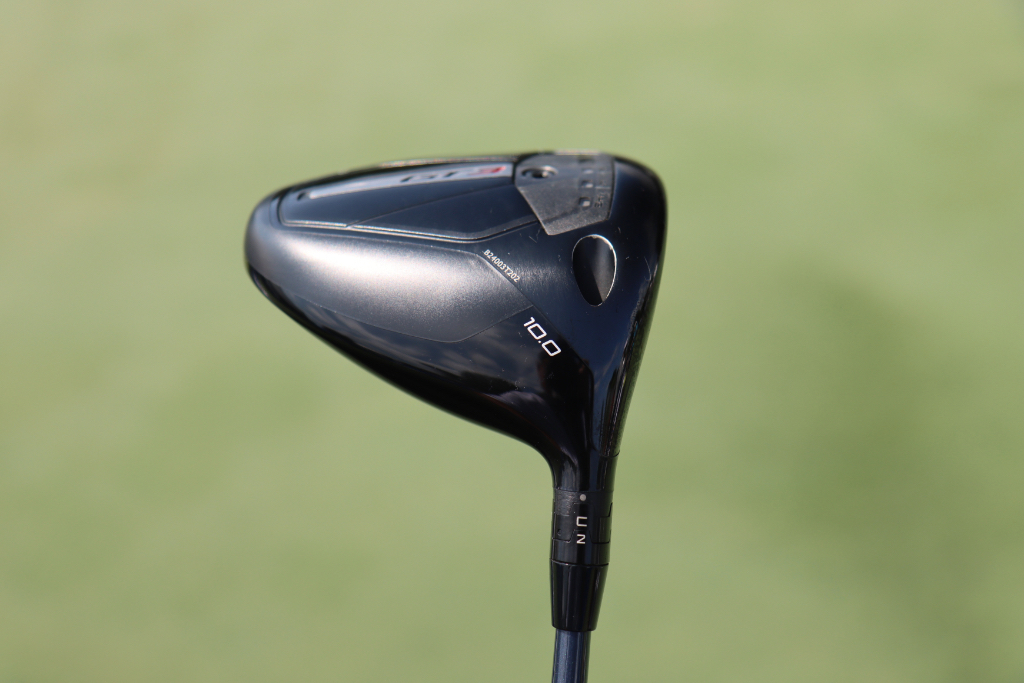

3-wood: Titleist GT3 (15 degrees, A1 SureFit setting)
Shaft: Fujikura Ventus TR Blue 7 X
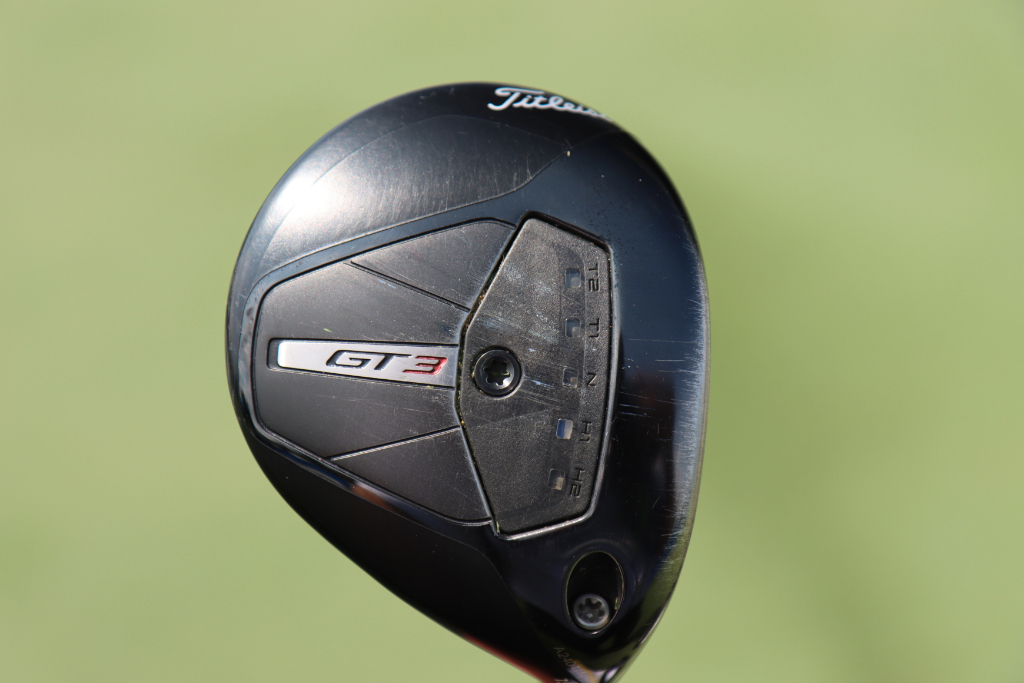
7-wood: Titleist GT2 (21 degrees, D1 SureFit setting)
Shaft: Fujikura Ventus TR Blue 8 X
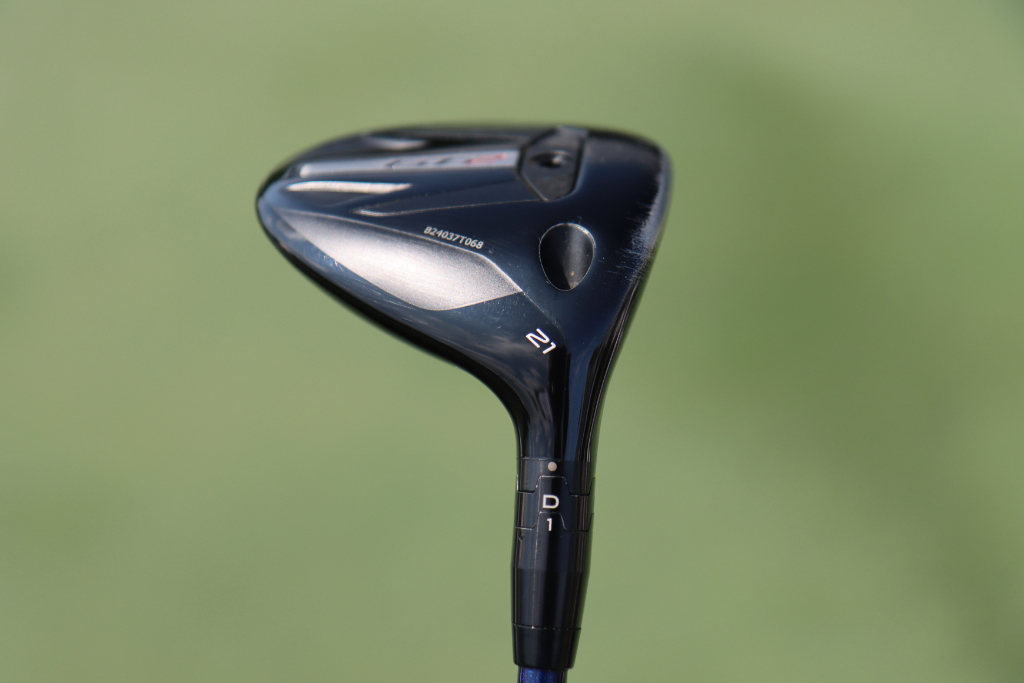
Irons: Titleist T150 (4, 5), Titleist T100 (6-9)
Shafts: True Temper AMT Tour White X100
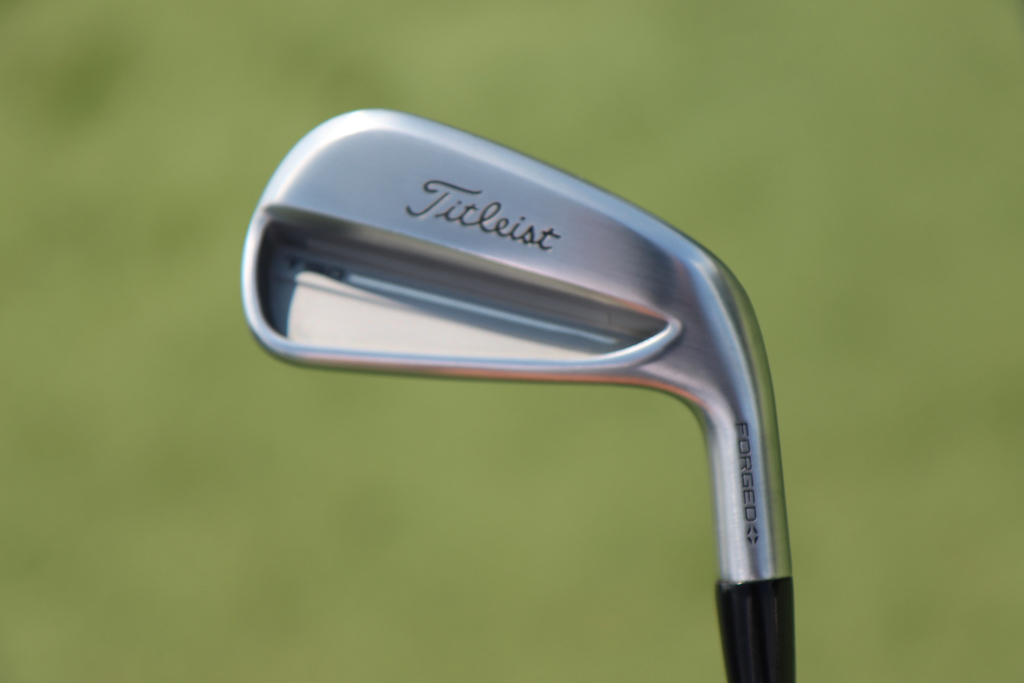
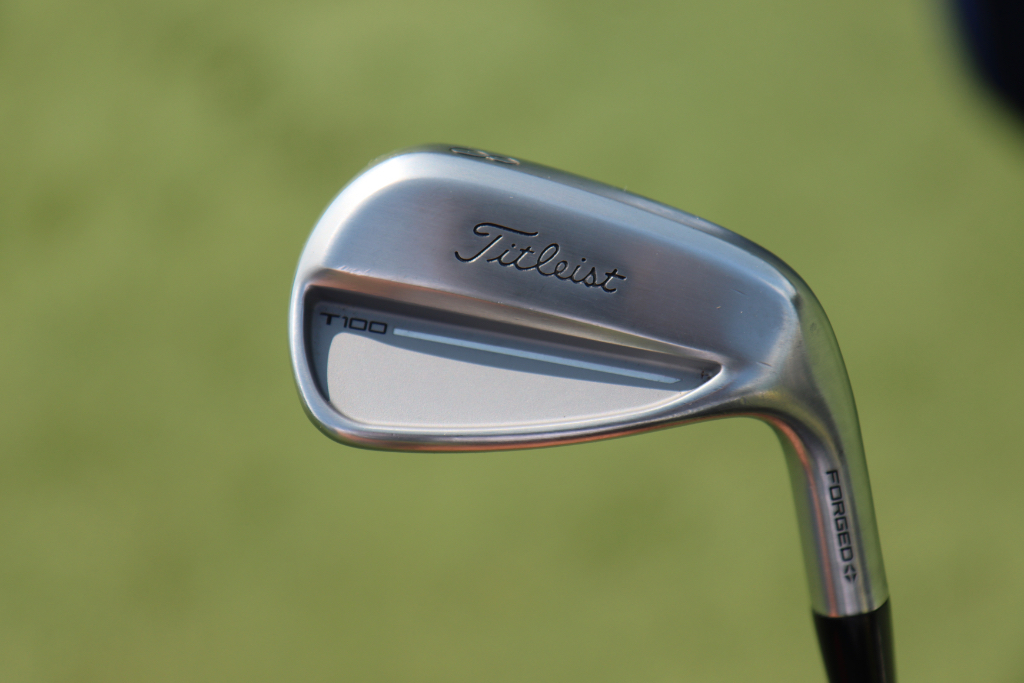
Wedges: Titleist Vokey Design SM10 (48-10F @47, 52-12F, 56-08M @57, 60-04T @62)
Shafts: True Temper Dynamic Gold Tour Issue S400
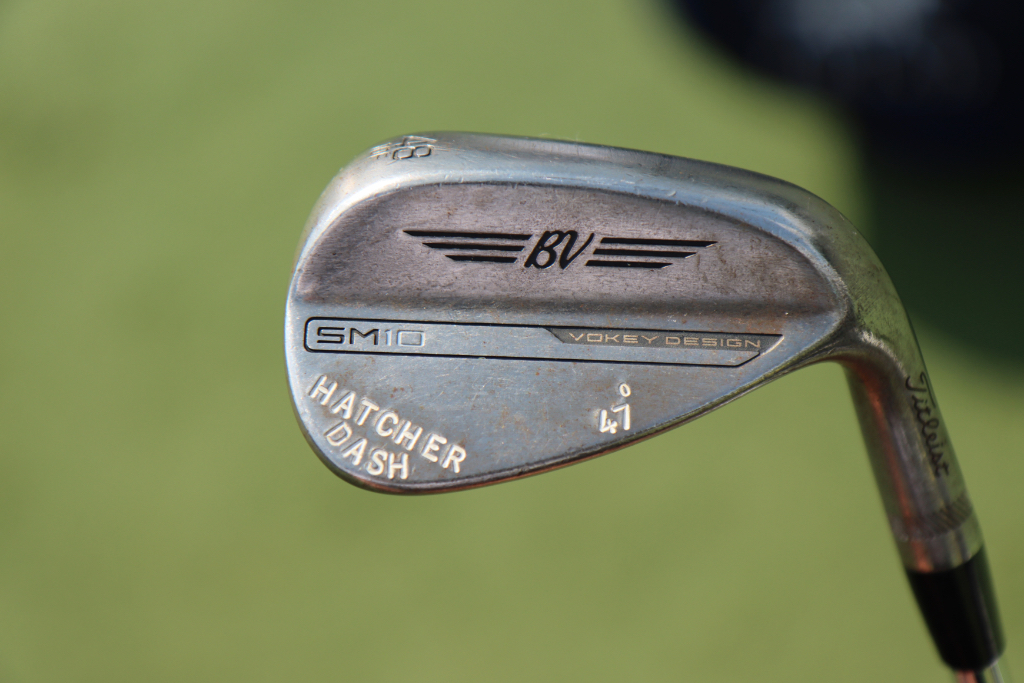
Putter: Scotty Cameron Studio Style Fastback 1.5 Tour Prototype
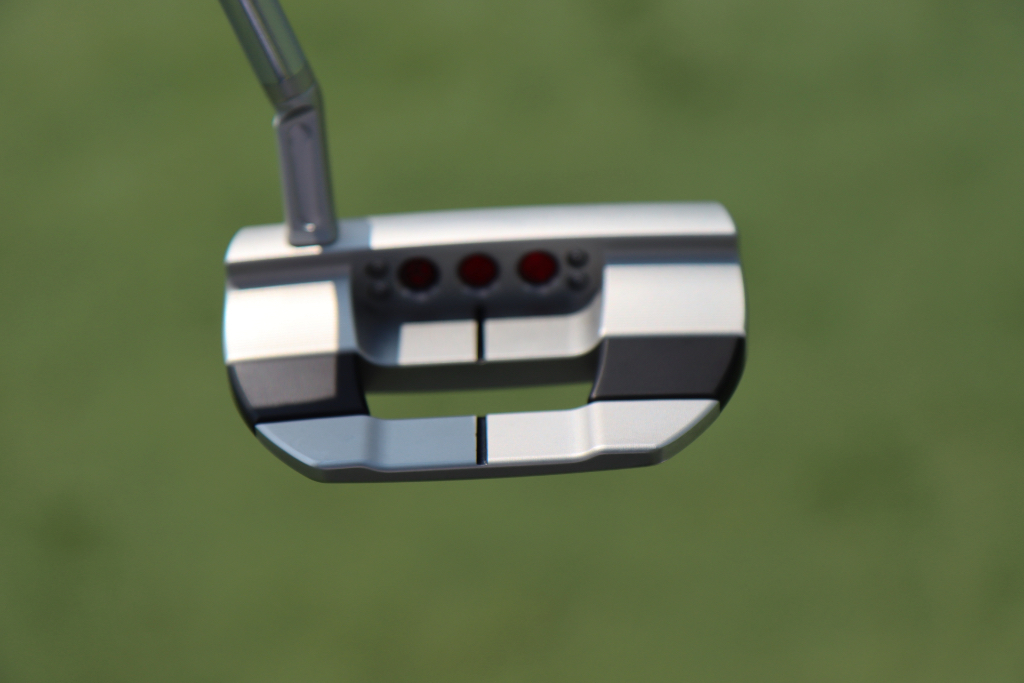
Grips: Golf Pride Tour Velvet
Ball: Titleist Pro V1x Yellow
Equipment
GolfWRX Members Choice presented by 2nd Swing: Best driver of 2025

We’re proud to once again partner with 2nd Swing Golf to bring you GolfWRX Members Choice 2025! 2nd Swing has more than 150,000 new and pre-swung golf clubs available in six store locations and online. Check them out here.

What is the best driver in 2025? At GolfWRX, we take great pride in our online community and the cumulative knowledge and experience of our members. When it comes to the best driver of 2025, we want to know what our forum faithful think.
Since our founding in 2005, the bedrock of GolfWRX.com has been the community of passionate and knowledgeable golfers in our forums, and we put endless trust in the opinions of our GolfWRX members — the most knowledgeable community of golfers on the internet. No other group of golfers in the world tests golf clubs as frequently or as extensively, nor is armed with such in-depth information about the latest technology.
Below are the results of GolfWRX member voting for the 2025 best driver, along with the vote percentage for each club.
Best driver of 2025: The top 5
5. Callaway Elyte Triple Diamond: 6.02%
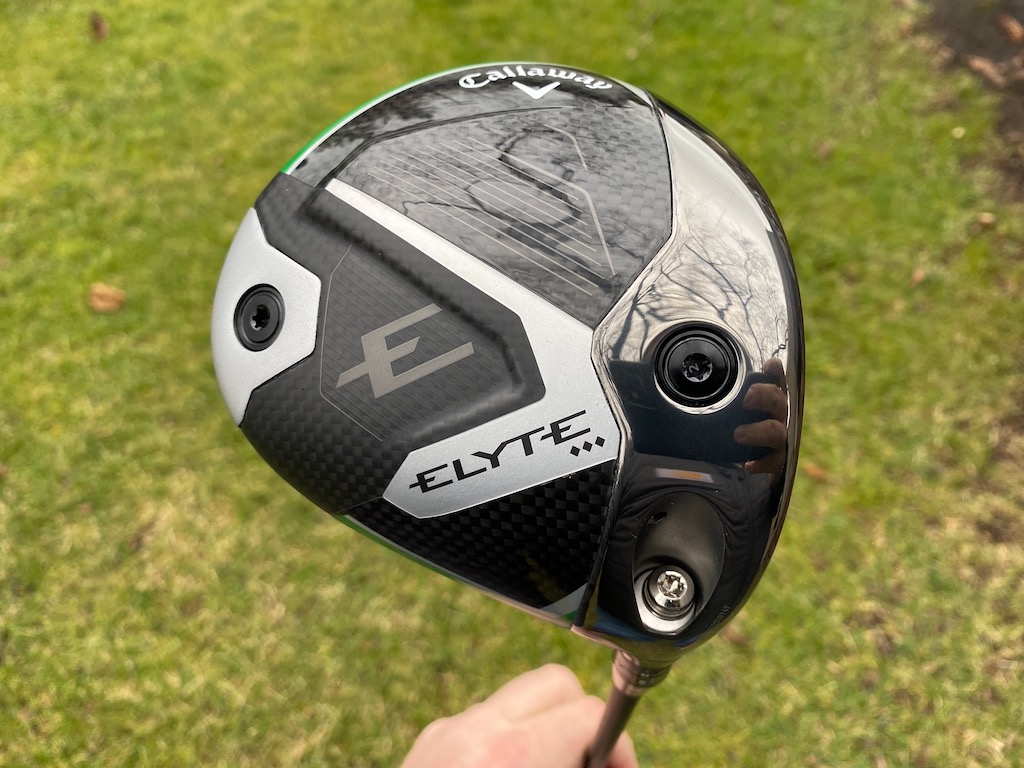
Callaway’s pitch: “For golfers looking for a fast, forgiving, yet workable driver, the Elyte Triple Diamond features a tour-inspired shape and is the preferred model by most Callaway tour players.”
You can read what other golfers are saying about the driver in the GolfWRX forums, and see our launch piece here. Shop the Callaway Elyte Triple Diamond here.
4. Ping G440 Max: 6.86%
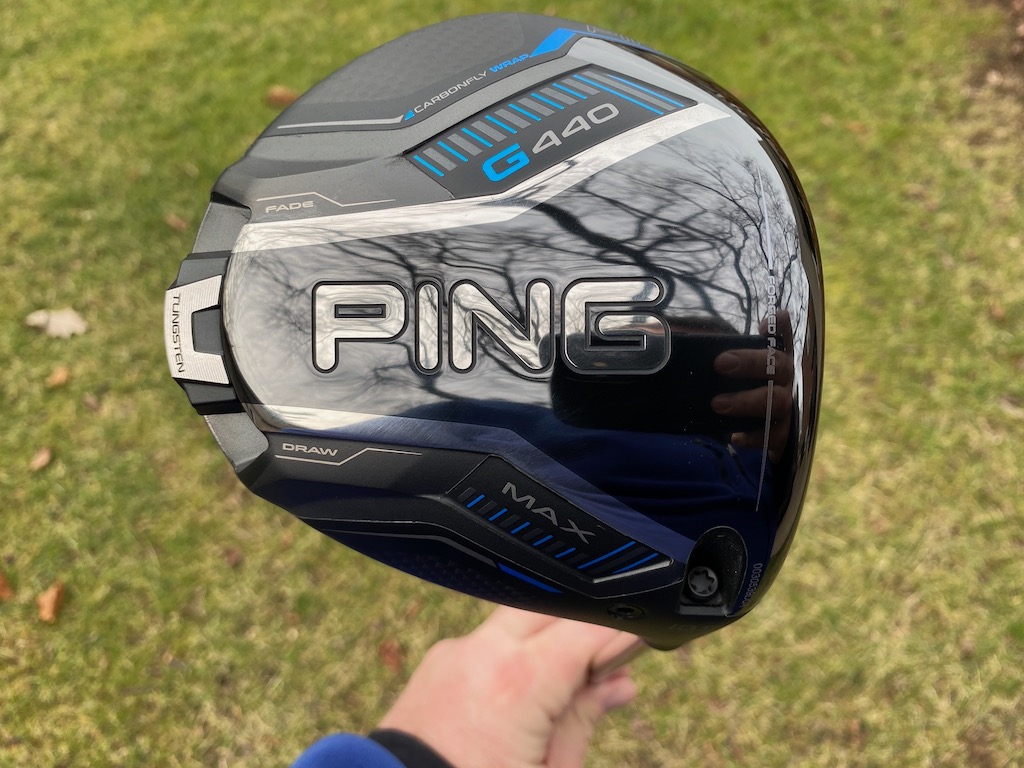
Ping’s pitch: “The most forgiving G440 model, MAX has a hotter face to generate speed and distance, and a lighter overall system weight with a longer shaft (46″) for faster clubhead speed, higher launch and longer carries. The Free Hosel and Carbonfly Wrap crown save weight to create our lowest CG ever and increase forgiveness while contributing to a more muted, pleasing sound.”
You can read what other golfers are saying about the driver in the GolfWRX forums, and see our launch piece here. Shop the Ping G440 Max here.
3. Ping G440 LST: 9.53%
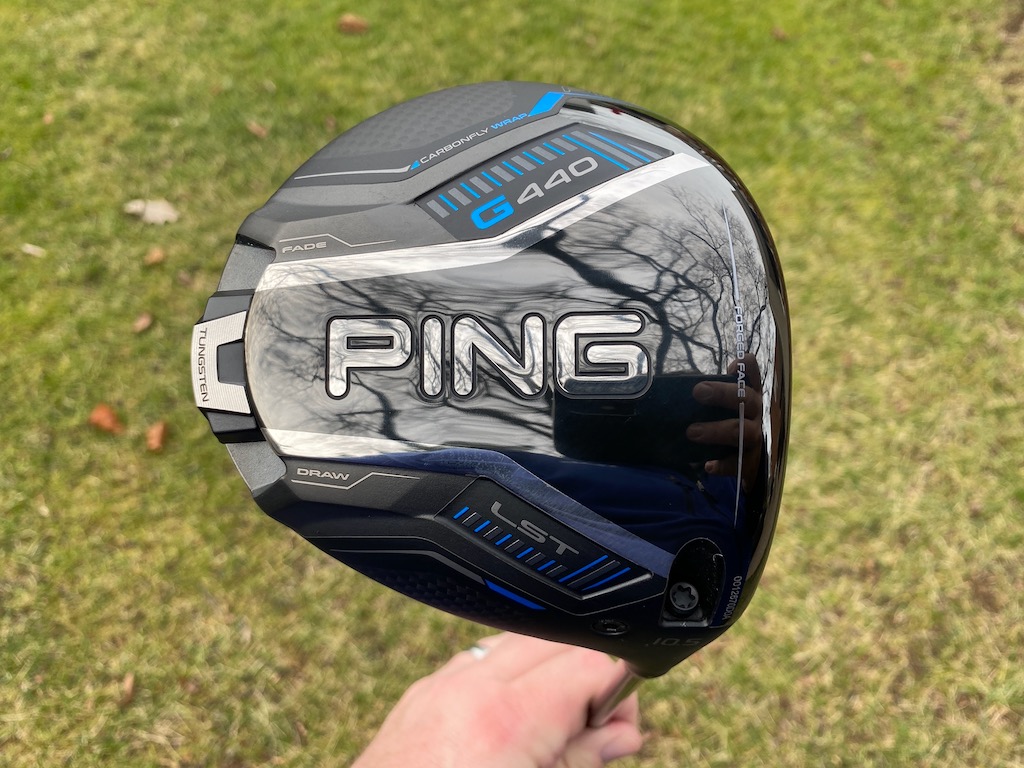
Ping’s pitch: “LST is an especially good fit for faster swings, offering less spin and more control with a penetrating trajectory. A hotter face, lighter overall system weight and longer shaft (46″) deliver more speed and distance while maintaining tight dispersion.”
@phizzy30: “Not a fan of Ping drivers in general, but 440 LST takes the cake. It’s super forgiving across the face for a low spin head, looks and sounds good and the ability to make it play neutral or slightly fade biased through the hosel settings is very appealing.”
You can read what other golfers are saying about the driver in the GolfWRX forums, and see our launch piece here. Shop the Ping G440 LST here.
2. Titleist GT3: 16.55%
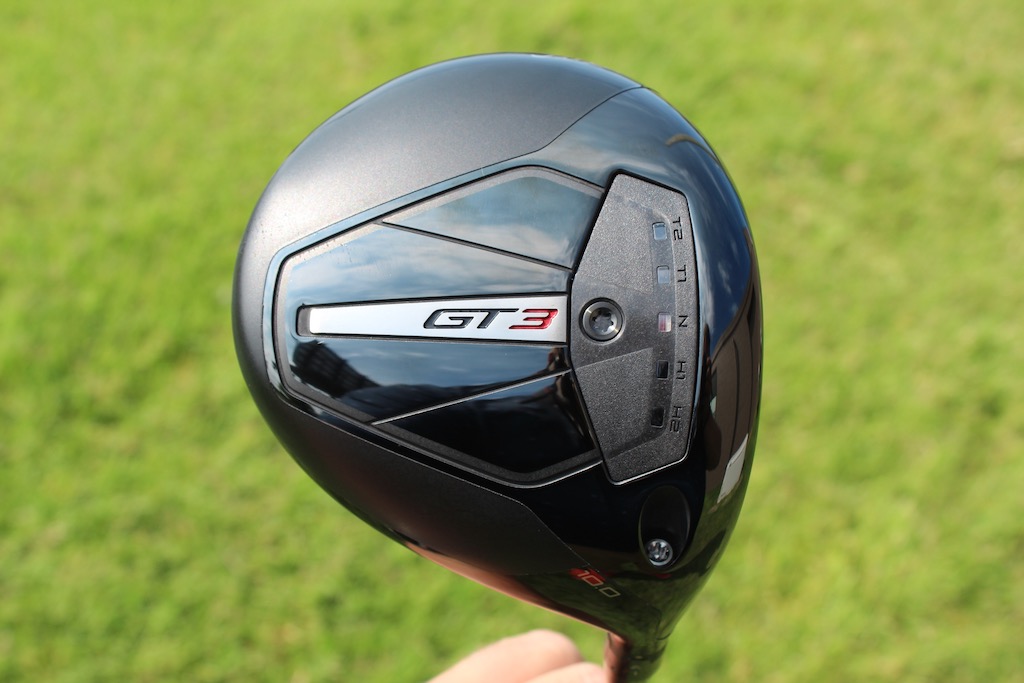
Titleist’s pitch: “The GT3 Driver offers Titleist’s boldest combination of power and personalization through adjustable performance. Dial in the CG Track to your frequent contact location to make your biggest drives even bigger while taking total control over flight and shaping.”
@mrmikeac: “I’ve been Anti-Titleist for years and years and years (outside of Vokey, of course). With that being said, HOLY BEGEEZUS the GT3 driver is an absolute NUCLEAR MONSTER! This thing blew my G430 10K Max out of the water in every single category. Forgiveness is the biggest thing that stands out of me, the 3 model has always been one of the less forgiving models in the past but this GT3 can take bad shot after bad shot and still end up in the fairway, I think a ton of that has to do with the adjustability, it’s actually effective. Feel and sound is perfect, that solid crack is so addicting to hear and when you hit it out the screws this thing can absolutely bomb it. Titleist, I’m sorry for doubting you. You have converted me.”
You can read what other golfers are saying about the driver in the GolfWRX forums, and see our launch piece here. Shop the Titleist GT3 here.
1. Titleist GT2: 22.91%
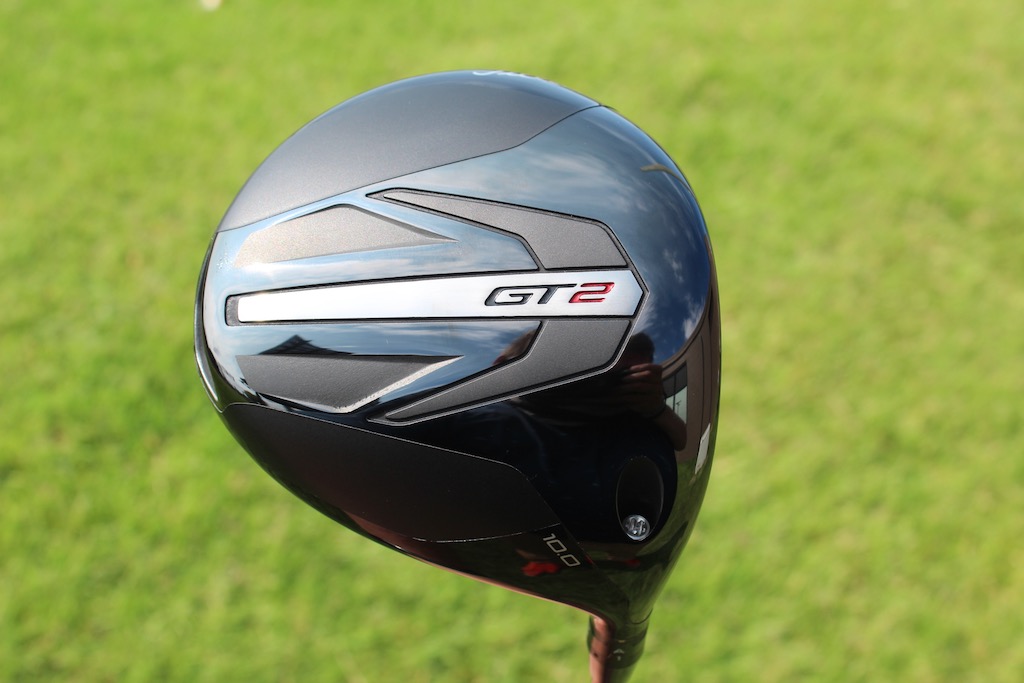
Titleist’s pitch: “Delivering impressive distance from any impact point, the Titleist GT2 Driver extracts maximum performance through a forgiving design. Get the stability and added confidence of a high-MOI driver without sacrificing speed.”
@DTorres: “The Titleist GT2 has proven to be the best driver of the year. Packaged in a classic profile, GT2 perfectly balances performance and forgiveness while consistently being a high performer across all categories.”
You can read what other golfers are saying about the driver in the GolfWRX forums, and see our launch piece here. Shop the Titleist GT2 here.
Other drivers receiving >2% of the vote
| Driver | Vote percentage (%) |
|---|---|
| Cobra DS Adapt Max K | 4.85% |
| Ping G430 Max 10K | 3.85% |
| Callaway Elyte Triple Diamond | 3.68% |
| TaylorMade Qi35 | 3.51% |
| Callaway Elyte | 3.18% |
| Cobra DS Adapt X | 2.34% |
| Cobra DS Adapt LS | 2.17% |
| TaylorMade Qi35 LS | 2.17% |
View this post on Instagram




















Born
Jul 10, 2021 at 2:41 pm
Face angle accounts for 82% of a balls starting path on putts. The other 18% is stroke path and point of contact on face. Heel hits start more left and toe hits more right all other factors being equal. No need to do visual research when a quick Google search will do.
Brad
Jul 10, 2021 at 5:13 am
One aspect of the “forgiveness” bit that you might be missing in your analysis is that the toe and heel strikes on a blade atyle putter won’t go nearly as far as with a heel-toe weighted mallet. That is the main way they are more forgiving.
Acemandrake
Jul 9, 2021 at 12:30 pm
I switched from a 2-Ball to a Newport 3 putter.
The Newport encourages a more arcing stroke that feels more intuitive than the “everything square” style of the 2-Ball.
It’s also more fun.
JD Masur
Jul 8, 2021 at 9:11 am
If you’re using a bullseye, you’re 30 years behind everything that’s good. Get either face balanced or slight toe hang (depending on your stroke), use a grip that eliminates wrist action, focus on a point 2 inches in front of the ball and breathe.
Reid Thompson
Jul 7, 2021 at 1:22 pm
For sure. Get fit for something that gets the face back to square.
Paul Runyan
Jul 7, 2021 at 12:47 pm
Brilliant as Usual!, So simple, that it’s complicated!
I get a kick out of someone or Pro changing putters so often and it usually doesn’t help.
Now, the arm lock method is being touted. We have left hand low, the Claw, fat grips, skinny grips, scissors grip, (kidding) and more on the way. Groove putters, Tear putters, variable loft putters, small satellite putters, toe way above parallel, toe down at the 90 degrees, special shafts with graphite for the person that can putt well over 300 yards!
$5000 putting machines, lessons from someone who has never can’t putt.
What’s next!? Testing for putting speed for the right shaft? It will happen.
So, if one (Pro) can hit a driver 340 – 350 and you can’t make a 3 ft putt what’ is the point. The common denominator hasn’t changed. Maybe use the putter that works best for you instead of what you are obliged to use per your contract.
If you can find a putter that fits your eye and basic requirements such as length, loft and type that’s more than half the battle.
But that won’t sell putters…
Gene
Jul 7, 2021 at 12:23 pm
Are you referring to the Ben Hogan Rail Putter?